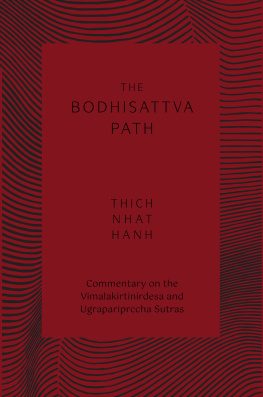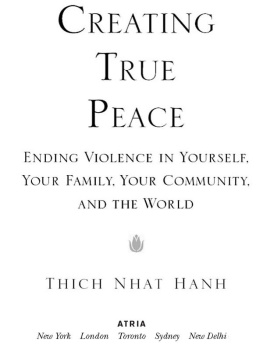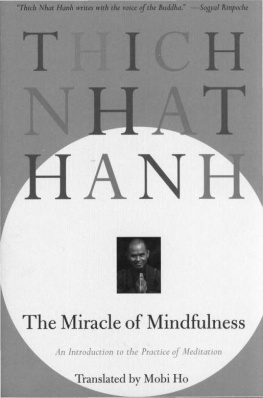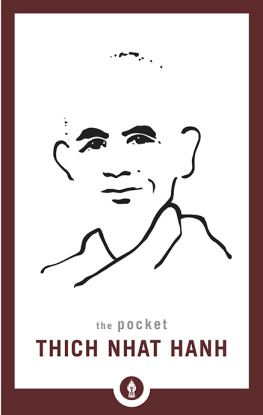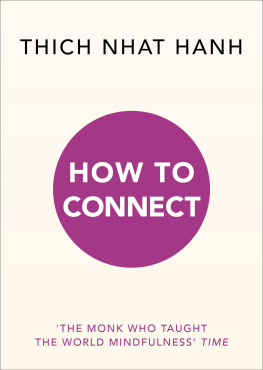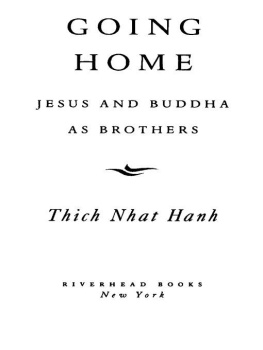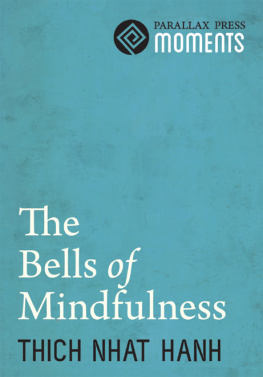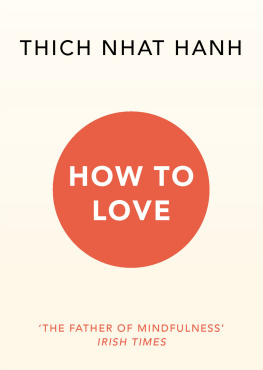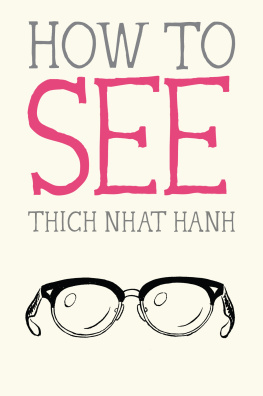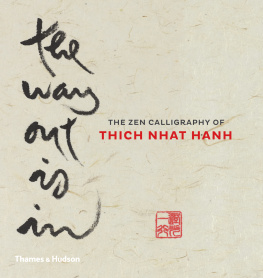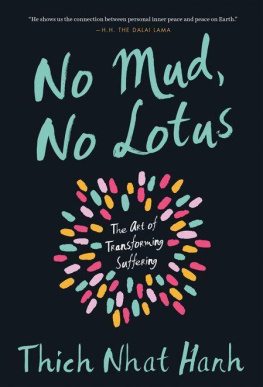

CONTENTS
AT THIS VERY MOMENT, the Earth is above you, below you, all around you, and even inside you. The Earth is everywhere. You may be used to thinking of the Earth as only the ground beneath your feet. But the water, the sea, the sky, and everything around us comes from the Earth. Everything outside us and everything inside us comes from the Earth. We often forget that the planet we are living on has given us all the elements that make up our bodies. The water in our flesh, our bones, and all the microscopic cells inside our bodies all come from the Earth and are part of the Earth. The Earth is not just the environment we live in. We are the Earth and we are always carrying her within us.
Realizing this, we can see that the Earth is truly alive. We are a living, breathing manifestation of this beautiful and generous planet. Knowing this, we can begin to transform our relationship to the Earth. We can begin to walk differently and to care for her differently. We will fall completely in love with the Earth. When we are in love with someone or something, there is no separation between ourselves and the person or thing we love. We do whatever we can for them and this brings us great joy and nourishment. That is the relationship each of us can have with the Earth. That is the relationship each of us must have with the Earth if the Earth is to survive, and if we are to survive as well.
THE EARTH CONTAINS THE WHOLE COSMOS
If we think about the Earth as just the environment around us, we experience ourselves and the Earth as separate entities. We may see the planet only in terms of what it can do for us. We need to recognize that the planet and the people on it are ultimately one and the same. When we look deeply at the Earth, we see that she is a formation made up of non-Earth elements: the sun, the stars, and the whole universe. Certain elements, such as carbon, silicon, and iron, formed long ago in the heart of far-off supernovas. Distant stars contributed their light.
When we look into a flower, we can see that its made of many different elements, so we also call it a formation. A flower is made of many non-flower elements. The entire universe can be seen in a flower. If we look deeply into the flower, we can see the sun, the soil, the rain, and the gardener. Similarly, when we look deeply into the Earth, we can see the presence of the whole cosmos.
A lot of our fear, hatred, anger, and feelings of separation and alienation come from the idea that we are separate from the planet. We see ourselves as the center of the universe and are concerned primarily with our own personal survival. If we care about the health and well-being of the planet, we do so for our own sake. We want the air to be clean enough for us to breathe. We want the water to be clear enough so that we have something to drink. But we need to do more than use recycled products or donate money to environmental groups. We have to change our whole relationship with the Earth.
We tend to think of the Earth as inanimate matter because weve become alienated from it. We are even alienated from our own bodies. We spend many hours every day forgetting that we even have a body. We get so caught up in our work and our problems that we forget that we are more than just our minds. Many of us are sick because we forget to pay attention to our bodies. Weve also forgotten the Earththat she is part of us and that we are part of her. Because were not taking care of the Earth, we have both become sick.
When we look deeply at a blade of grass or at a tree, we can see that its not mere matter. It has its own kind of intelligence. For example, a seed knows how to grow into a plant with roots, leaves, flowers, and fruit. A pine tree is not just matter; it possesses a sense of knowing. A dust particle is not just matter; each of its atoms has intelligence and is a living reality.
This understanding of the deeper nondualistic nature of things is called advaya jana in Sanskrit. This means the wisdom of nondiscrimination. This is a way of seeing that goes beyond concepts. Classical science is based on the belief that there is an objective reality that exists even if the mind does not. But in the Buddhist tradition, we say there is mind and there are objects of mind, and that they manifest at the same time. We cant separate them. Objects of mind are created by the mind itself. The way we perceive the world around us depends entirely on our way of looking at it.
If we understand the Earth as a living, breathing organism, we can heal ourselves and heal the Earth as well. When our physical body is sick, we need to stop, rest, and pay attention to it. We have to stop our thinking, return to our in-breath and out-breath, and come home to our body. If we can see our body as a wonder, we also have the opportunity to see the Earth as a wonder, and healing can begin for the body of the Earth. When we go home and take care of ourselves, we heal not only our own bodies and minds, but we help the Earth as well.
The Earth is a beautiful planet; it has a multitude of life forms, vegetation, sounds, and colors. In the sky we can see the light of Venus and faraway stars. Looking at ourselves we see that we, too, are beautiful. Our mind is the consciousness of the cosmos. The cosmos has given rise to the beautiful human species. With powerful telescopes, people have been able to observe the cosmos in all its splendor. We have had glimpses of faraway galaxies. We have seen stars whose images take hundreds of millions of years to reach the Earth. The radiant and elegant cosmos that we can observe is in fact our own consciousness itself and not something outside of it.
THE EARTH IS A WONDER
When you contemplate the planet Earth, you see that she has many virtues. The first virtue is stability. She is steadfast when faced with challenges and continues to offer perseverance, equanimity, and forbearance in the face of many human-created calamities.
The second virtue is that of creativity. The Earth is an inexhaustible source of creativity. She has given birth to so many beautiful species, including humans. Although there are many talented musicians and composers among us, the most wonderful music of all is composed by the Earth herself. There are those of us who are excellent artists and painters. But the Earth has created the most beautiful landscapes. If we look deeply, we can discover a multitude of the infinite wonders that appear on the Earth. Even the best scientist cant match the beautiful petal of a cherry blossom or the delicateness of an orchid.
The third virtue is nondiscrimination. Nondiscrimination means that the Earth does not judge. We humans have done many careless things that have harmed the Earth and yet she does not punish us. She brings us to life and she welcomes us back to her when we die.
If you look deeply and feel this connection to the Earth, you will also begin to feel admiration, love, and respect. When you realize the Earth is so much more than simply the environment, you will be moved to protect her as you would yourself. There is no difference between you and her. In that kind of communion, you no longer feel alienated.
OUR LIVING, BREATHING MOTHER
In his book, The Lives of a Cell, biologist Thomas Lewis describes our planet as a living organism. After some reflection, he arrives at the insight that the whole planet is like a giant living cell whose parts are all linked in symbiosis. He describes the miraculous achievement of the atmosphere as the worlds biggest membrane. Lewis finds it so astonishing that the Earth is alive. He is struck by the amazing beauty and exuberance of the Earth in contrast to the barren, cratered moon and other planets. He likens the Earth to an organized, self-contained being, a live creature, full of information and marvelously skilled in handling the sun.
Next page

